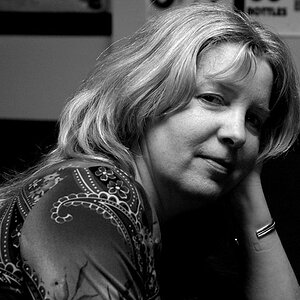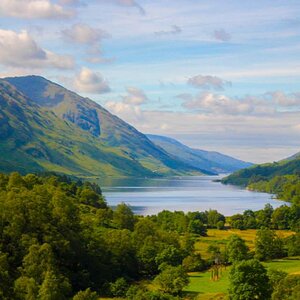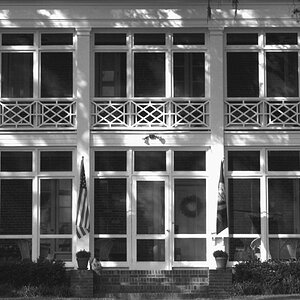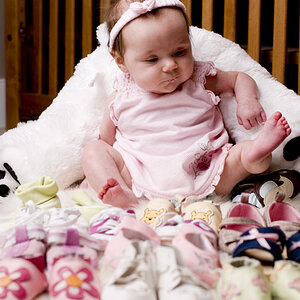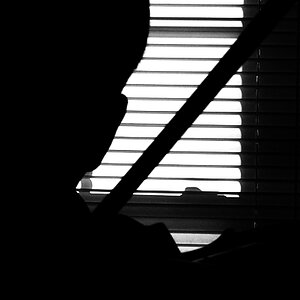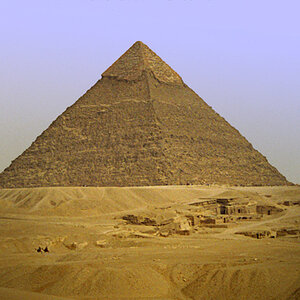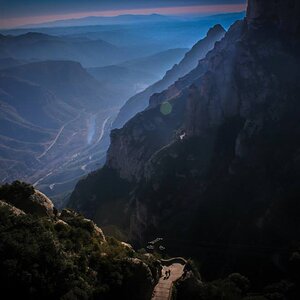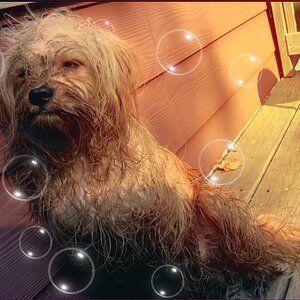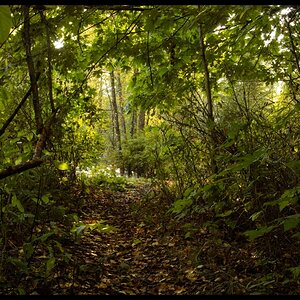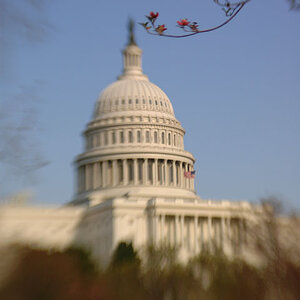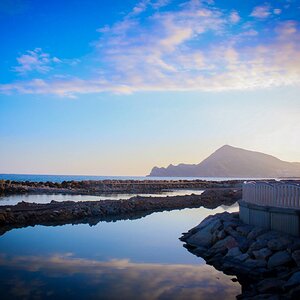aaronou
TPF Noob!
- Joined
- Apr 30, 2006
- Messages
- 6
- Reaction score
- 0
- Location
- norman, oklahoma (blah)
- Can others edit my Photos
- Photos OK to edit
Argh!!!!!! I have been taking pictures on my 30D. I am in manual with the RAW+JPEG quality setting.
The RAW comes out to 240 pixels/inch and the JPEG comes out at 72 per inch! What am I doing wrong? I thought you would at least get 300 pixels per square inch under the image size in PS CS2, at least on the RAW. I promise I am not an idiot, just a technophobe. I know this answer is probably quite simple, but the JPEG is soooo pixellated it is frustrating.
Please Help! Thanks!
The RAW comes out to 240 pixels/inch and the JPEG comes out at 72 per inch! What am I doing wrong? I thought you would at least get 300 pixels per square inch under the image size in PS CS2, at least on the RAW. I promise I am not an idiot, just a technophobe. I know this answer is probably quite simple, but the JPEG is soooo pixellated it is frustrating.
Please Help! Thanks!


